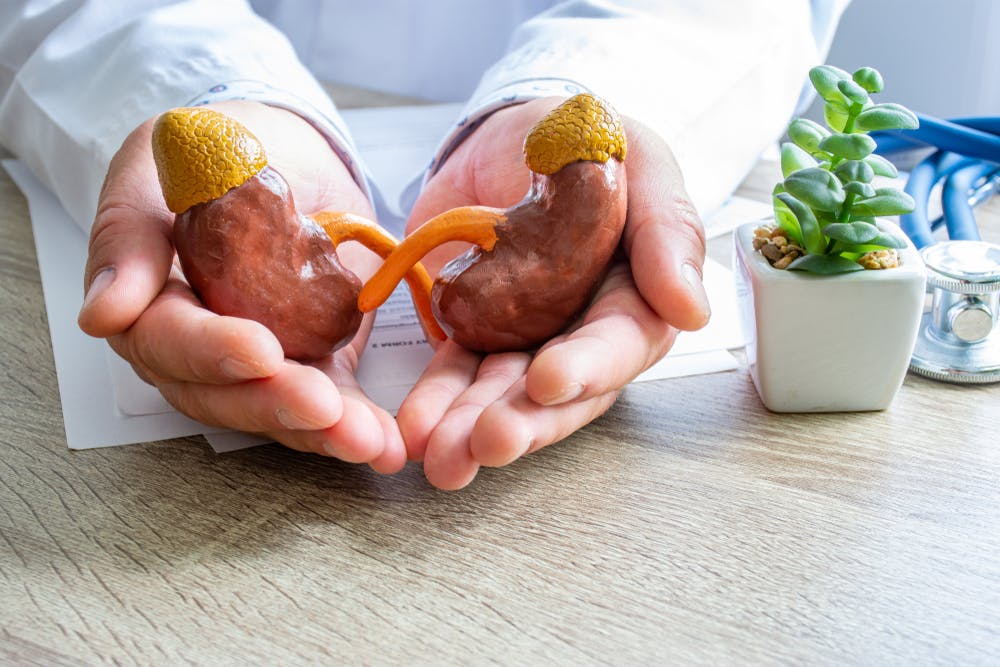As uncomfortable and unwelcome as yeast infections can be, they are made worse when they persist or recur repeatedly and become a chronic yeast infection. Yeast infections are generally easy to treat, but infections that do not respond to the initial treatment may reoccur repeatedly.
At this stage, further investigation is often necessary. Kidney and bladder ultrasound can be a useful imaging tool for providing further information for a patient experiencing chronic yeast infections.
Addressing Recurrent Yeast Infections
The overgrowth of Candida fungus within the vagina that causes these infections can happen at any age, but it is less common prior to puberty and after menopause. According to the U.S. Department of Health and Human Services, 3 out of 4 women will experience of a yeast infection at some point in their life; nearly half will go on to have two or more. One out of 20 women develop four or more recurring yeast infections per year — a condition known as recurrent vulvovaginal candidiasis.
Candida can also cause urinary tract infections (UTIs), which may present as frequent urination, burning urination, lower abdominal pain or dark, cloudy urine. The risk of a yeast infection developing into a UTI increases in older patients, those with a weakened immune system, and in those who use certain medications or a catheter.
Urinary tract infections can affect any part of the urinary tract. An infection of the lower urinary tract, the bladder or urethra is usually not serious and will clear up with treatment. However, if an infection reaches the kidneys, it may become more serious and require more intensive treatment.
Preventing Long-Term Risks to Bladder and Kidney Health
Prompt diagnosis is the key to treating chronic yeast infections and urinary tract infections. Testing can help rule out other conditions with similar symptoms; diagnostic imaging via renal ultrasound can help to determine the extent of any damage caused if the infection has spread to the kidneys, ureters or bladder.
Kidney and bladder ultrasound is especially helpful to determine whether the kidneys have been affected focally or diffusely as well as if there are structural abnormalities or variants of the kidney that may be contributing to the infection. As part of a renal ultrasound examination, it is important to rule out the presence of stones in the kidney or bladder and any evidence of reflux or obstruction to the ureters.
Should a patient's condition not respond to the initial treatment for a yeast infection, they should be referred to a urogynecologist or nephrologist for further investigation.





